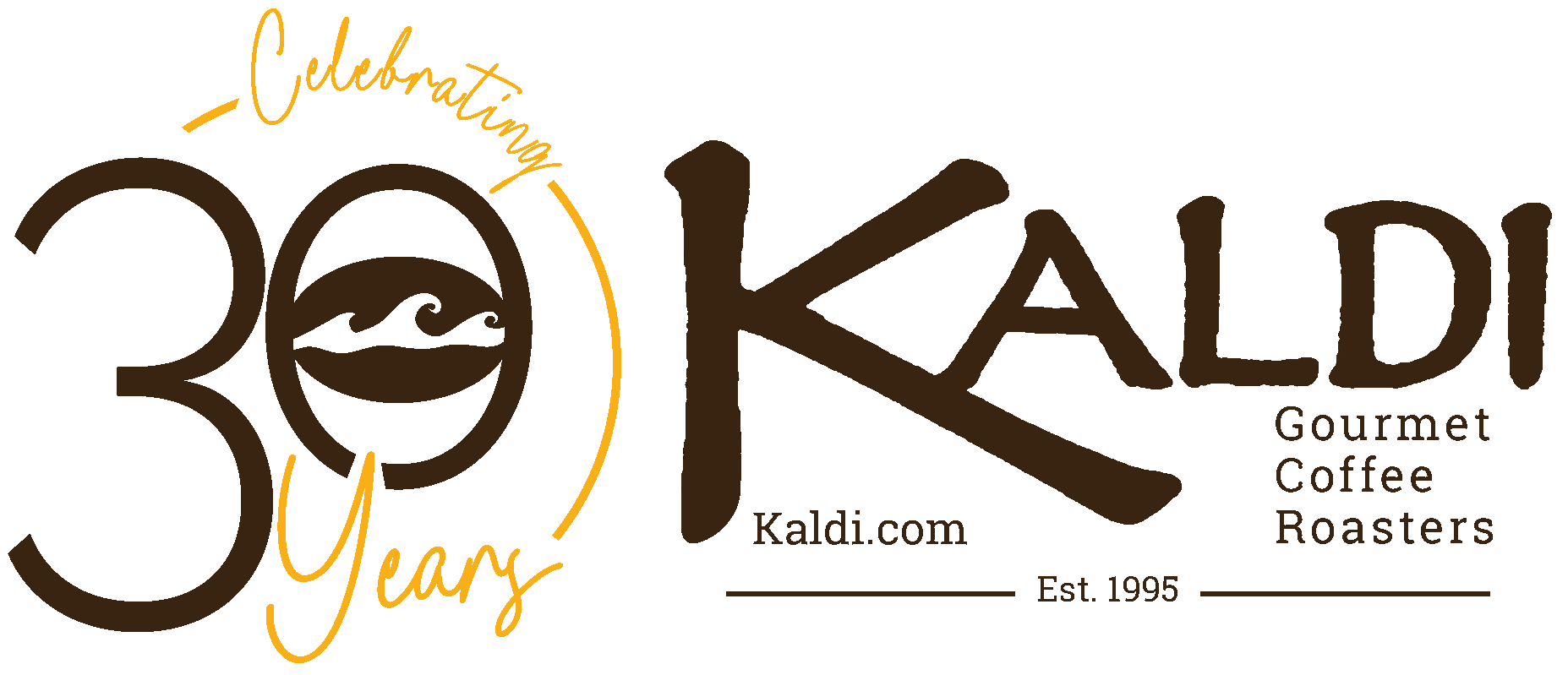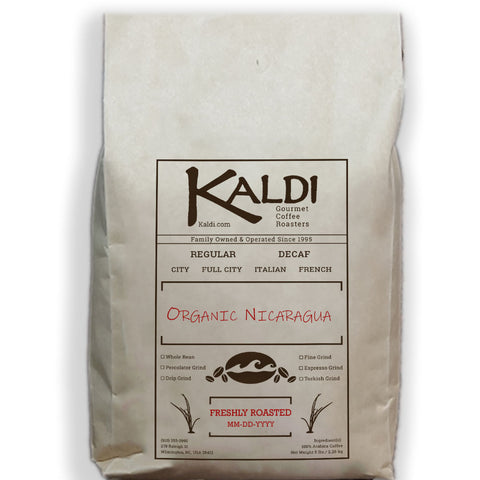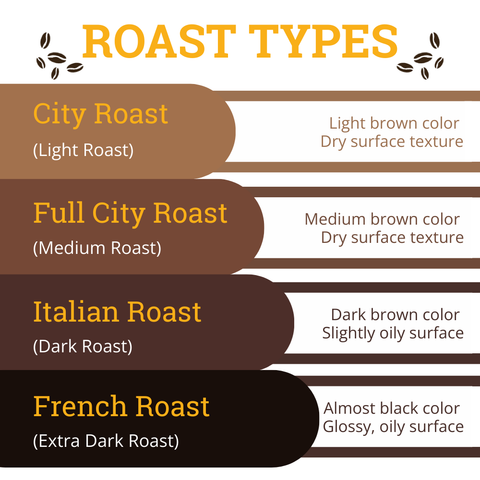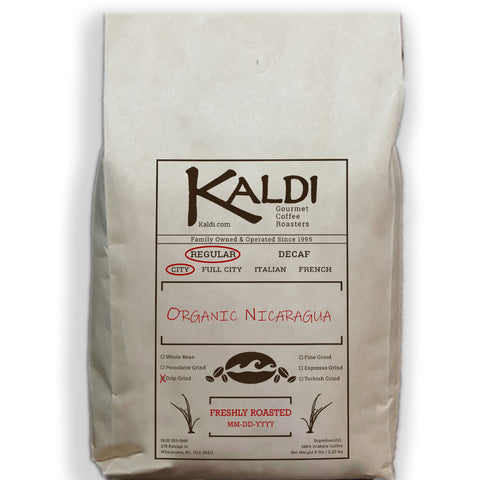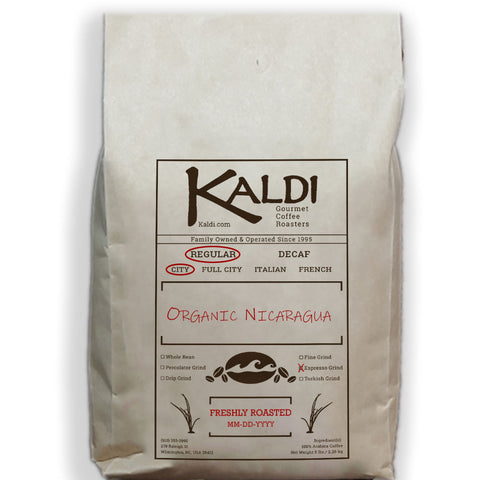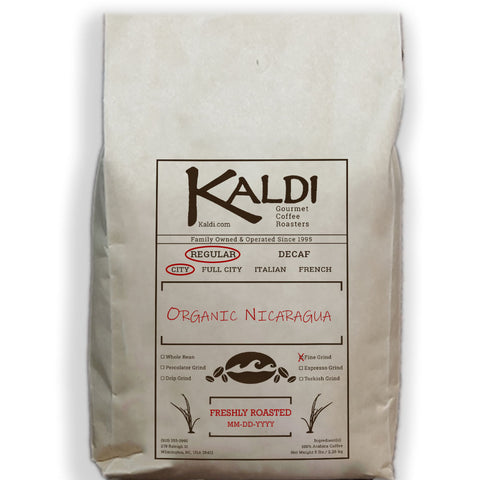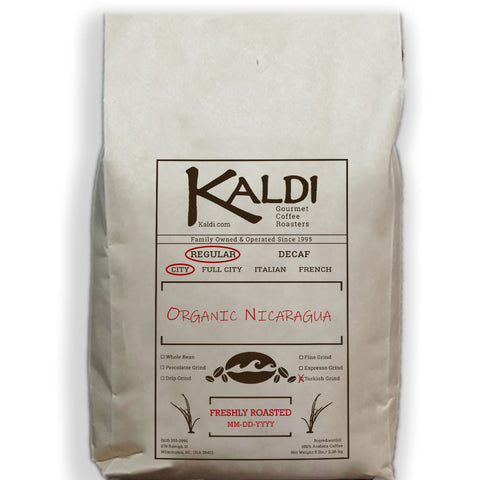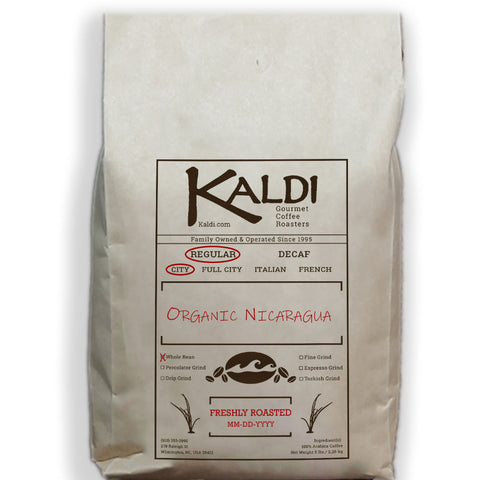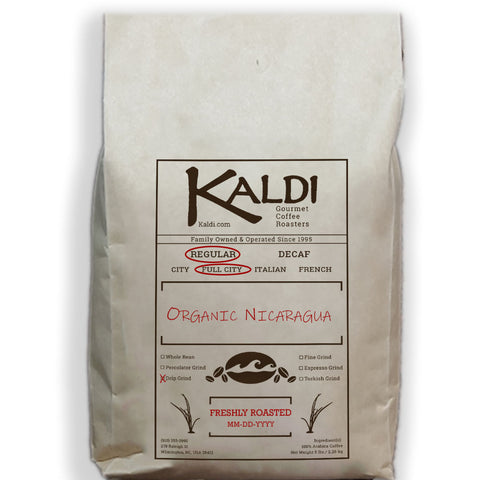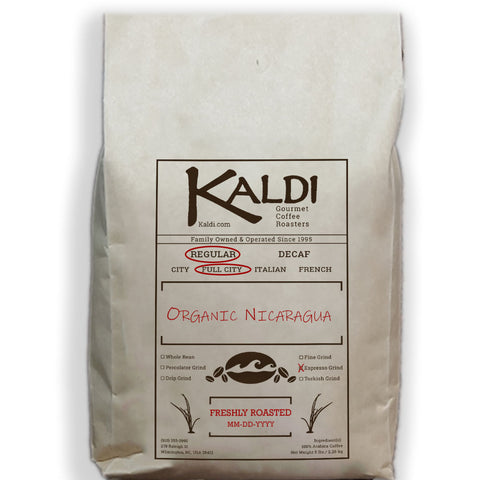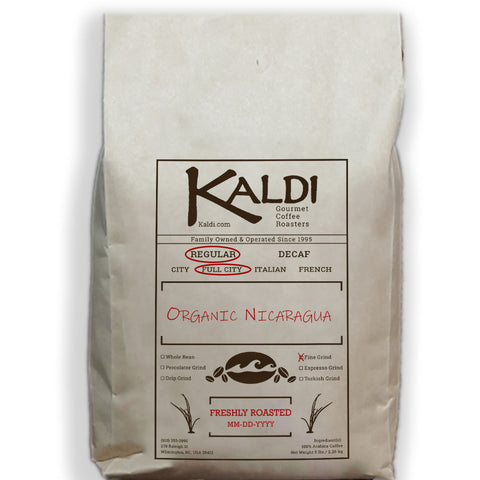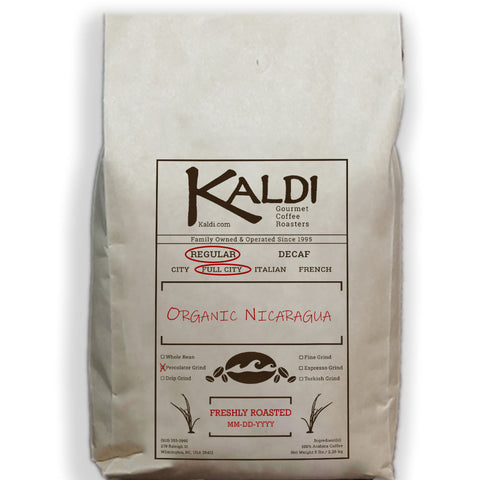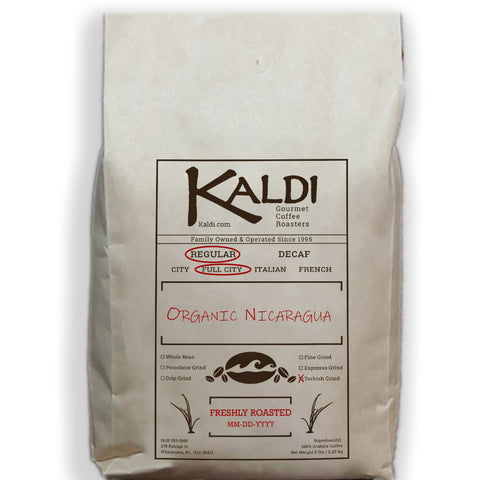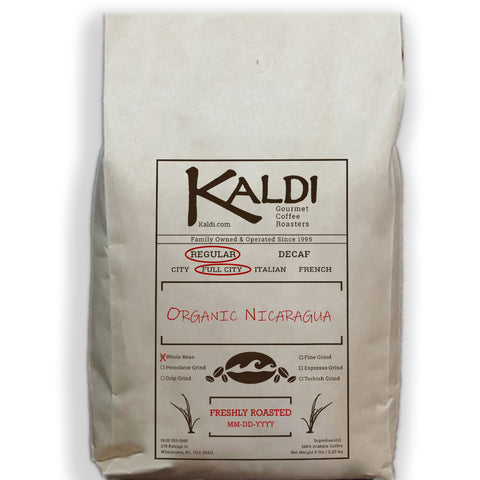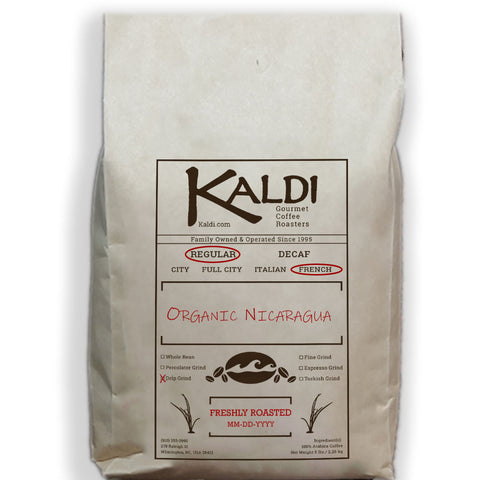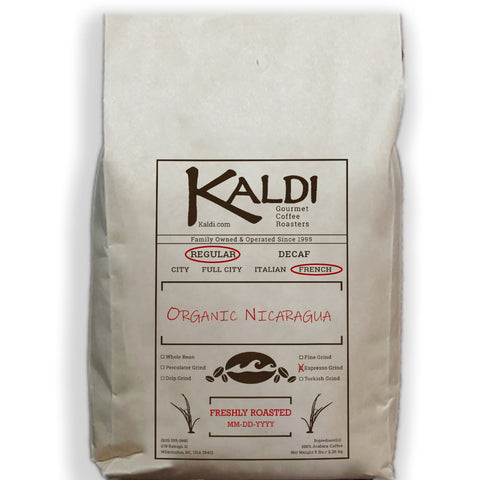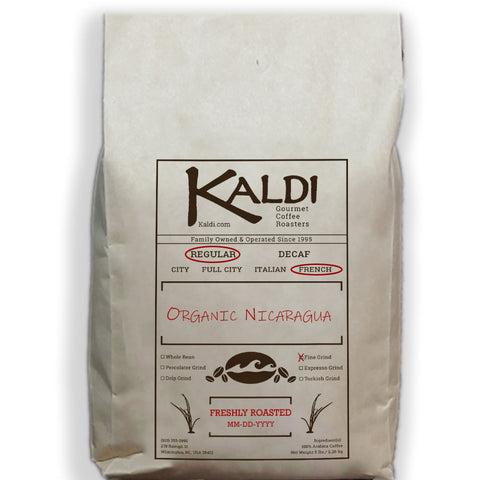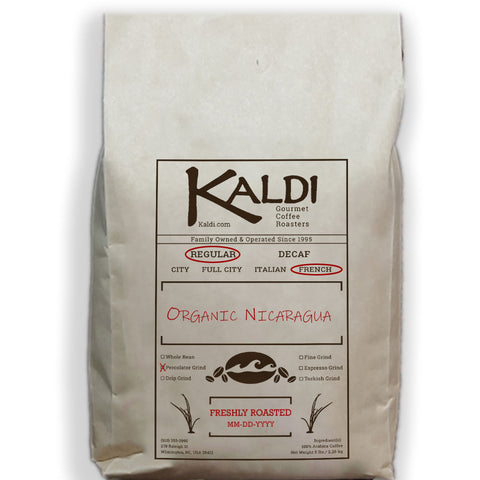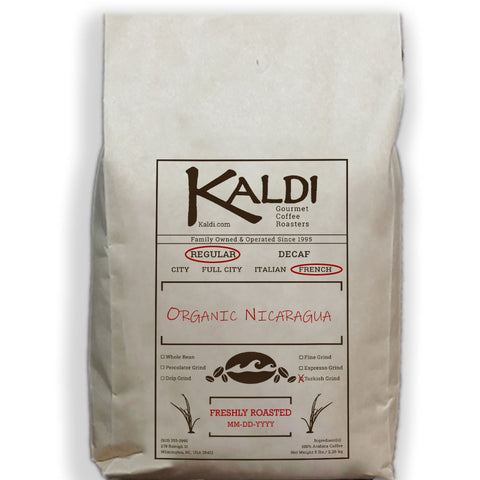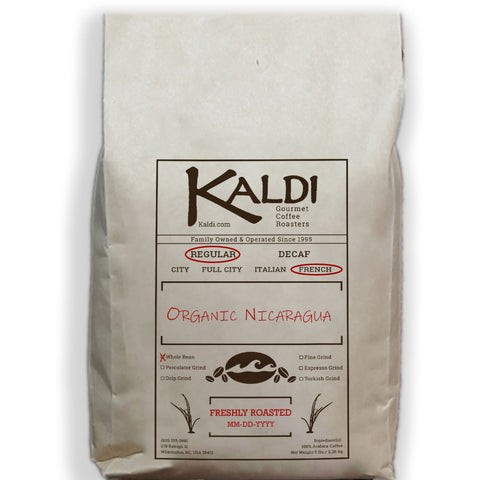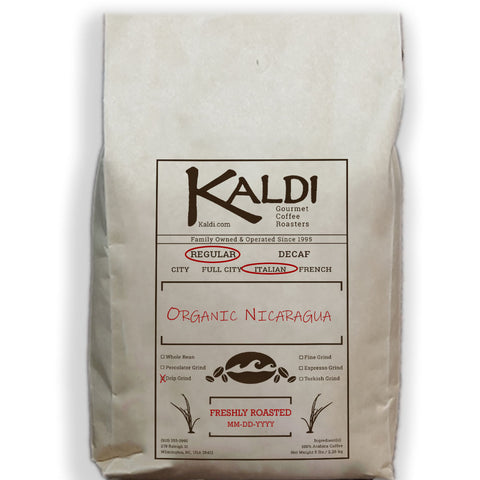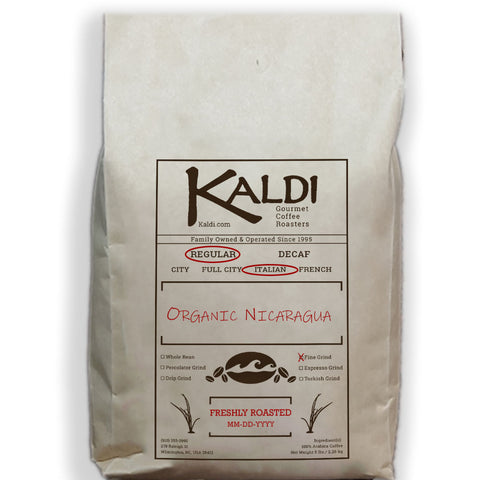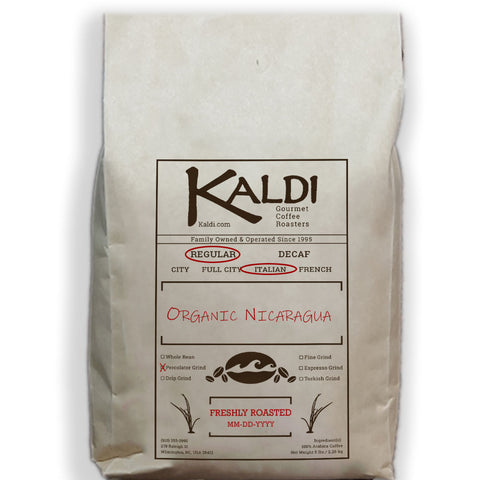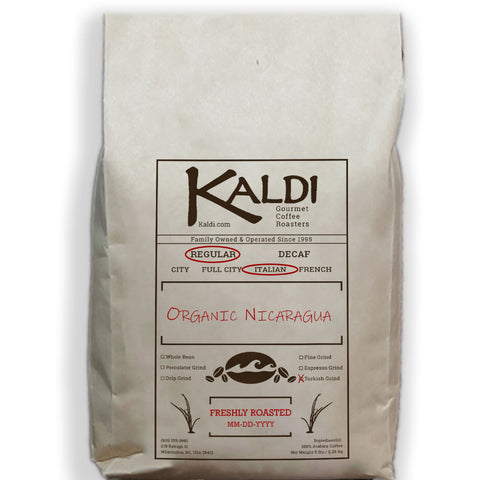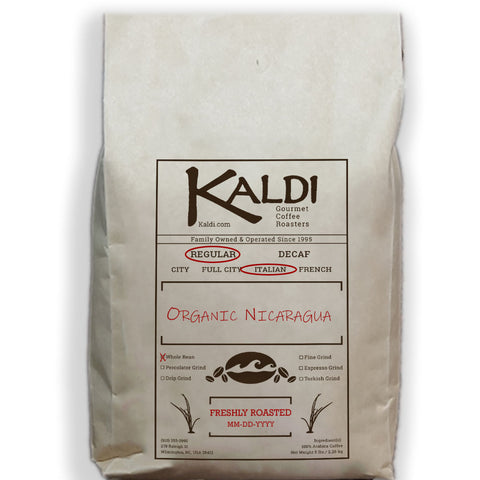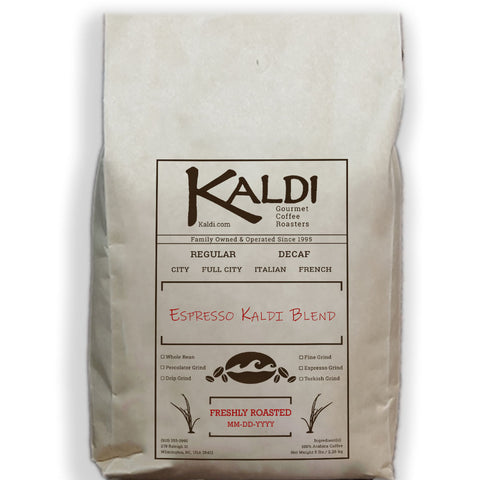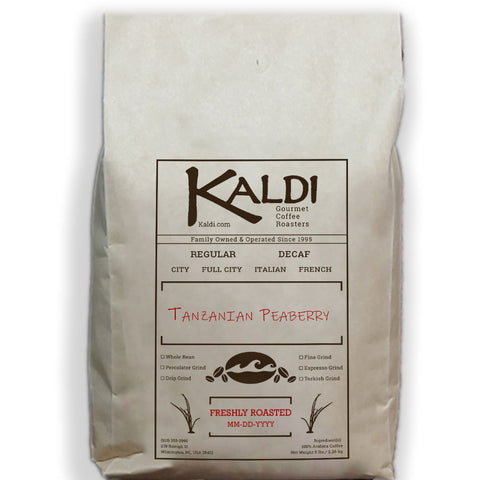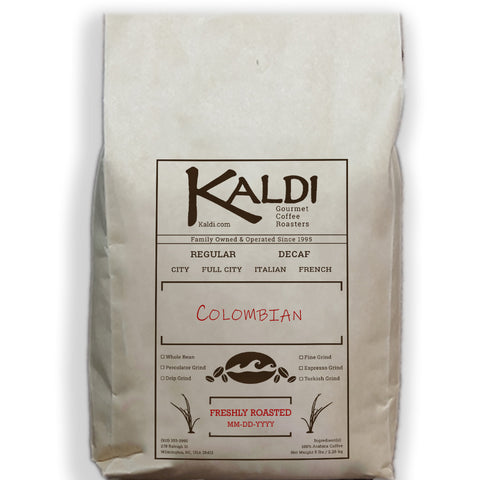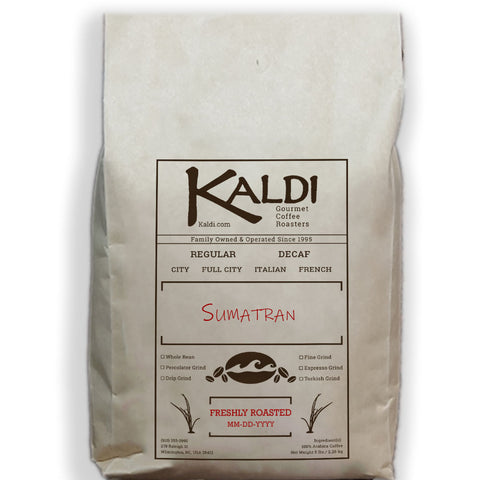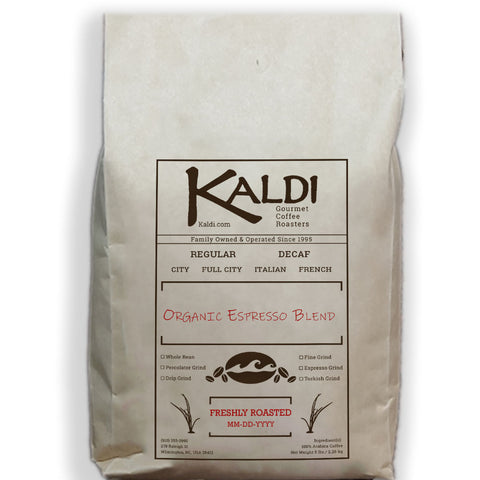Organic Nicaragua
Regular price
$12.74 per lb
$63.70 Bulk Pricing for 5lb Bags
Wholesale Pricing - Organic Nicaragua is available in 5 lb increments.
Wholesale Organic Nicaragua - Fair Trade Certified Coffee for Cafes
Tasting Notes: Smooth, full-bodied flavor with balanced profile. Complex characteristics showcasing Nicaragua's unique terroir and quality potential. A prized specialty coffee with organic and Fair Trade certifications.
Why Cafes Choose This Certified Coffee
Organic Nicaragua offers cafes Fair Trade certified coffee from regions like Matagalpa, where coffee production has a rich history dating back to the mid-1800s. Despite surviving natural disasters and civil conflicts, Nicaraguan coffee has re-emerged as a prized specialty coffee. Today, this organic coffee supports 45,000 farming families, with 95% being small-holders focused on producing gourmet coffee sought globally for its unique profile.
Heritage & Social Impact:
- Rich coffee history dating back to mid-1800s
- Supports 45,000 farming families (95% small-holders)
- Fair Trade certification ensures fair compensation
- Organic certification protects environment and health
- Connects consumers to proud heritage of Nicaraguan farmers
Origin & Quality
Sourced from high-quality Latin American beans in regions like Matagalpa, this organic coffee represents the renewed success of Nicaraguan coffee production. The combination of ideal growing conditions, organic farming practices, and Fair Trade support creates a superior cup that meets stringent quality standards while delivering exceptional flavor.
The proud heritage and renewed success of Nicaraguan farmers is evident in every cup, making this coffee a meaningful choice for cafes seeking to offer customers both quality and positive social impact.
Brewing Recommendations for Cafes
-
Drip/Batch Brew: 1:16 ratio, 200°F - consistent, smooth cups perfect for all-day service
-
Pour Over: 1:16 ratio - highlights full body and balanced profile
-
French Press: 1:15 ratio, 4 minutes - maximizes body and richness
-
Espresso: 18-20g dose, 1:2 ratio - smooth, full-bodied shots with balanced sweetness
Coffee Details
-
Region: Matagalpa and other Nicaraguan highlands
-
Certifications: Organic, Fair Trade
-
Farming: 95% small-holder farmers
-
Social Impact: Supports 45,000 farming families
-
Heritage: Coffee production since mid-1800s
-
Body: Full, smooth
Wholesale Ordering & Custom Roasting
Available in 5 lb bags and larger bulk quantities. Every order is custom roasted to your specifications - we roast Monday through Friday and most orders ship the same or next business day for maximum freshness.
Wholesale Benefits:
- Competitive bulk pricing for cafes and foodservice operations
- Organic & Fair Trade certifications add menu value
- Supports 45,000 small-holder farming families
- Rich heritage story enhances customer connection
- Free shipping available on qualifying orders
Contact us for volume pricing. Organic Nicaragua is the certified coffee that delivers quality while supporting the proud heritage of Nicaraguan farmers.
